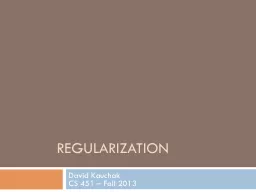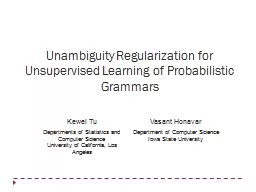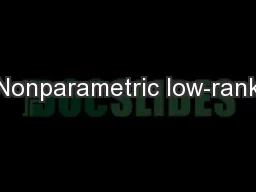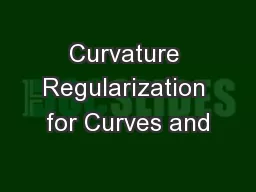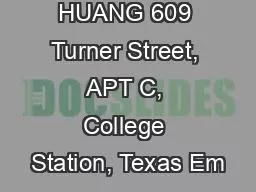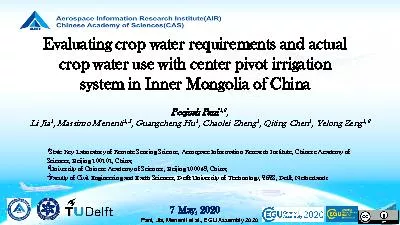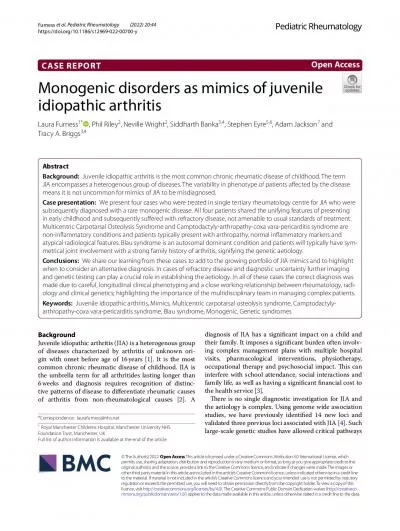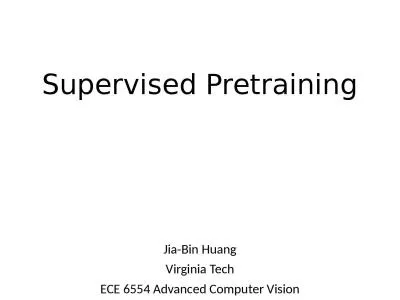PPT-Regularization Jia-Bin Huang Virginia Tech Spring 2019 ECE-5424G / CS-5824
Author : myesha-ticknor | Published Date : 2019-11-06
Regularization JiaBin Huang Virginia Tech Spring 2019 ECE5424G CS5824 Administrative Women in Data Science Blacksburg Location Holtzman Alumni Center Welcome 330
Presentation Embed Code
Download Presentation
Download Presentation The PPT/PDF document "Regularization Jia-Bin Huang Virginia Te..." is the property of its rightful owner. Permission is granted to download and print the materials on this website for personal, non-commercial use only, and to display it on your personal computer provided you do not modify the materials and that you retain all copyright notices contained in the materials. By downloading content from our website, you accept the terms of this agreement.
Regularization Jia-Bin Huang Virginia Tech Spring 2019 ECE-5424G / CS-5824: Transcript
Download Rules Of Document
"Regularization Jia-Bin Huang Virginia Tech Spring 2019 ECE-5424G / CS-5824"The content belongs to its owner. You may download and print it for personal use, without modification, and keep all copyright notices. By downloading, you agree to these terms.
Related Documents




